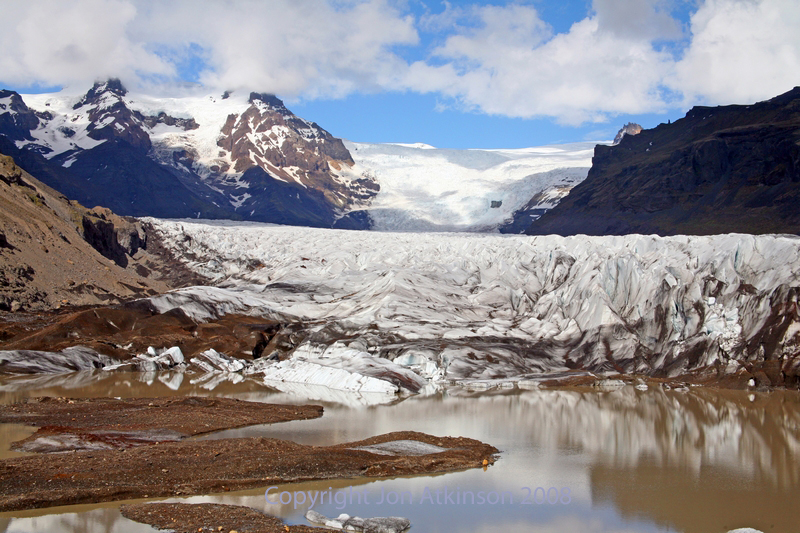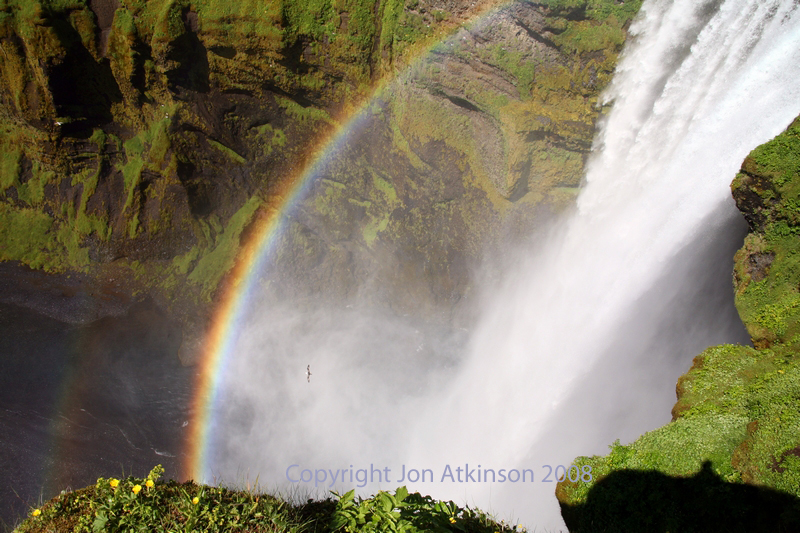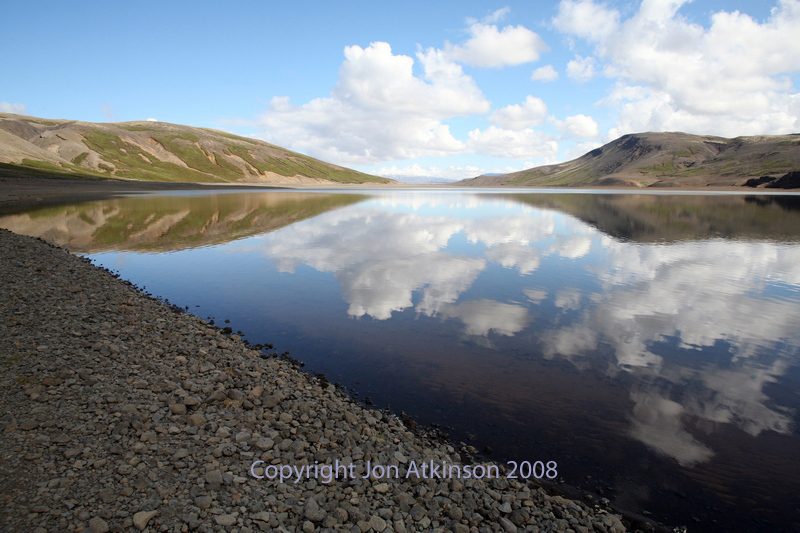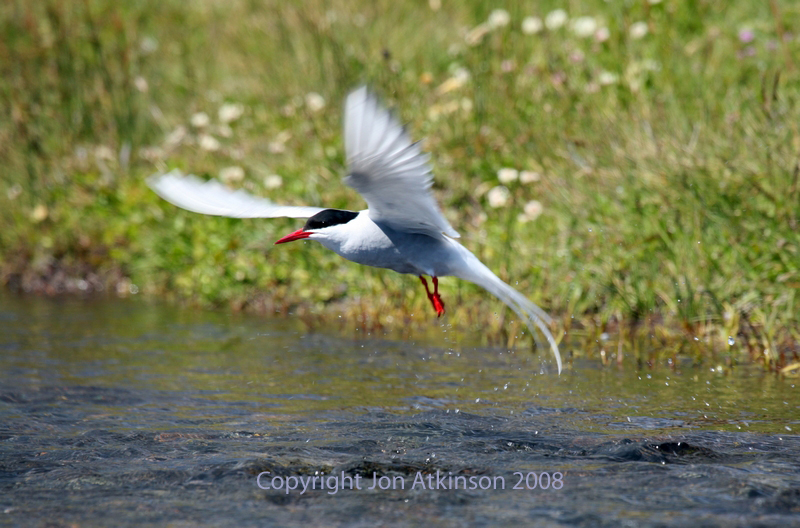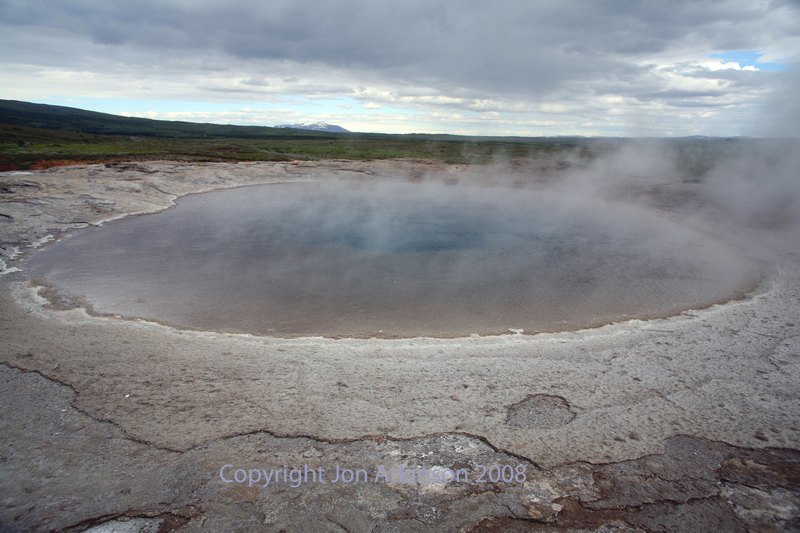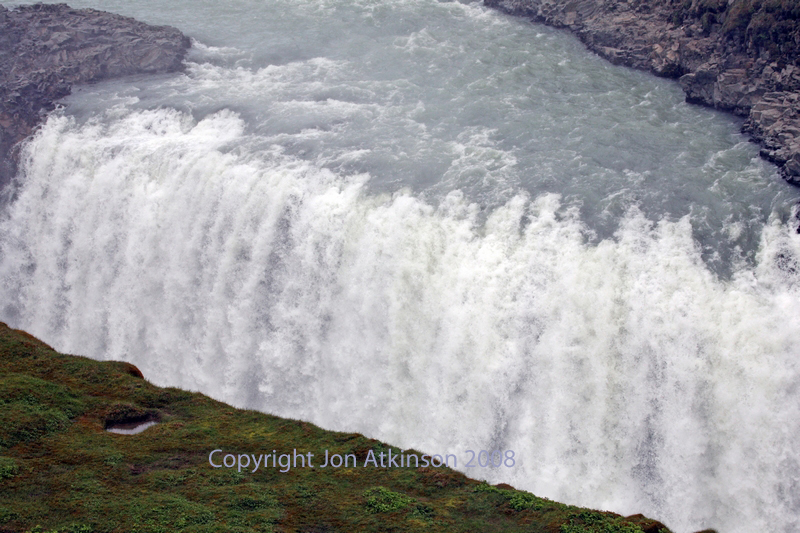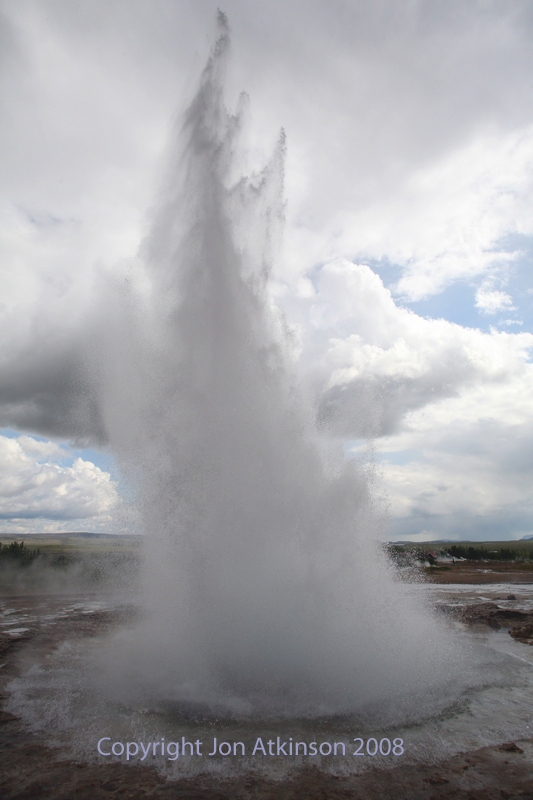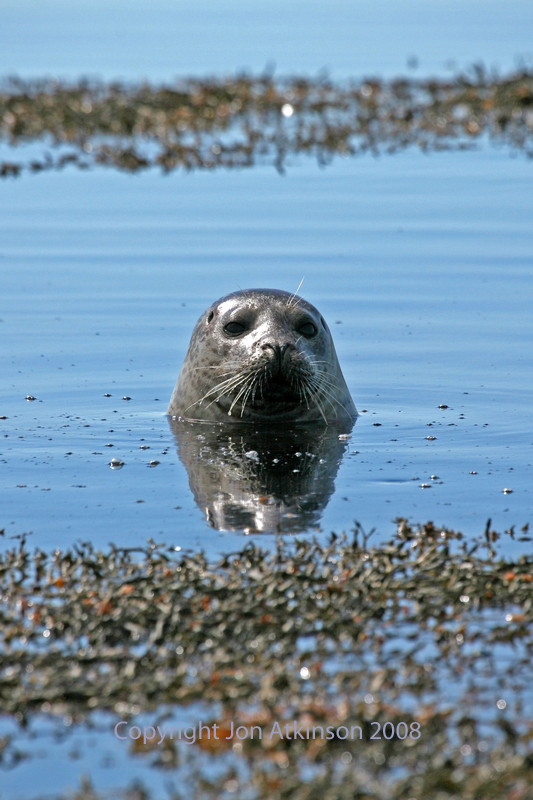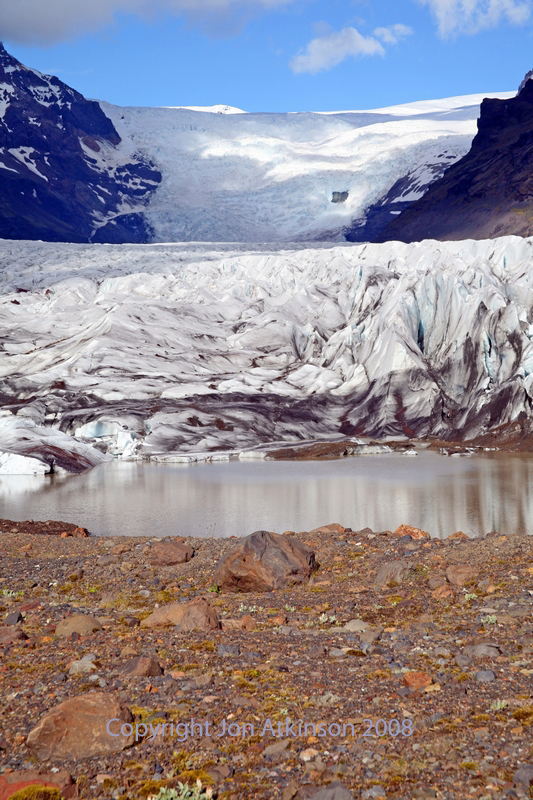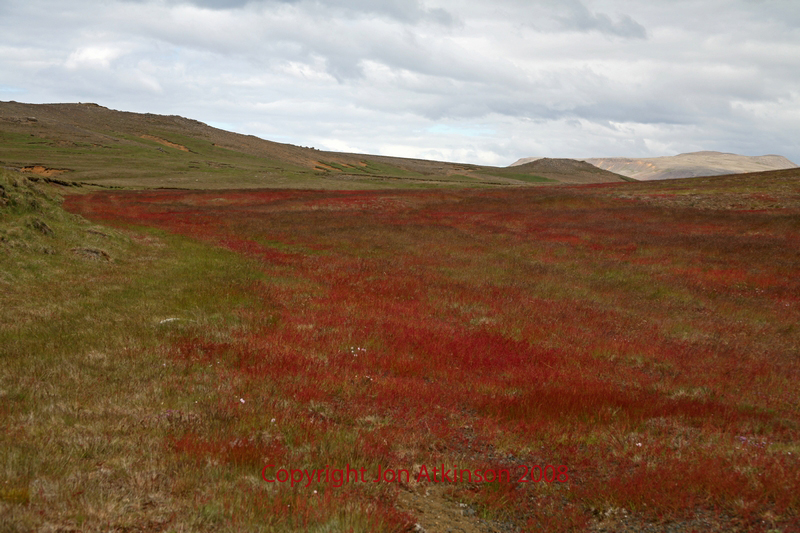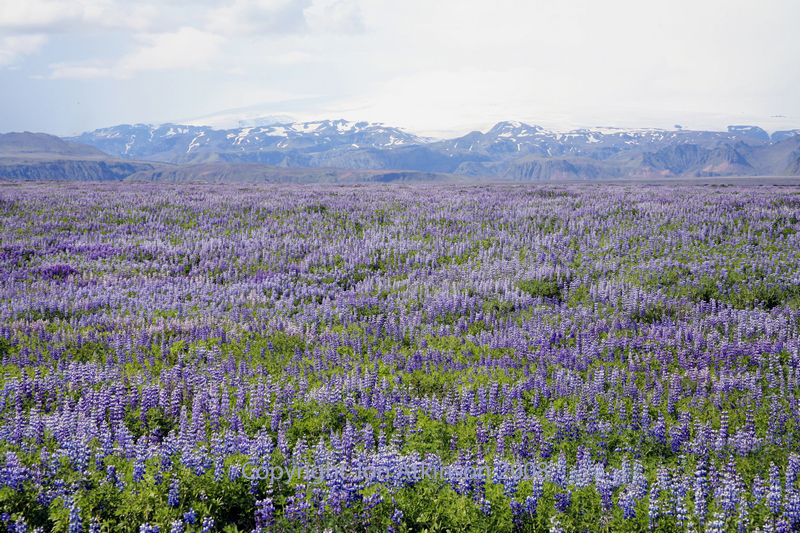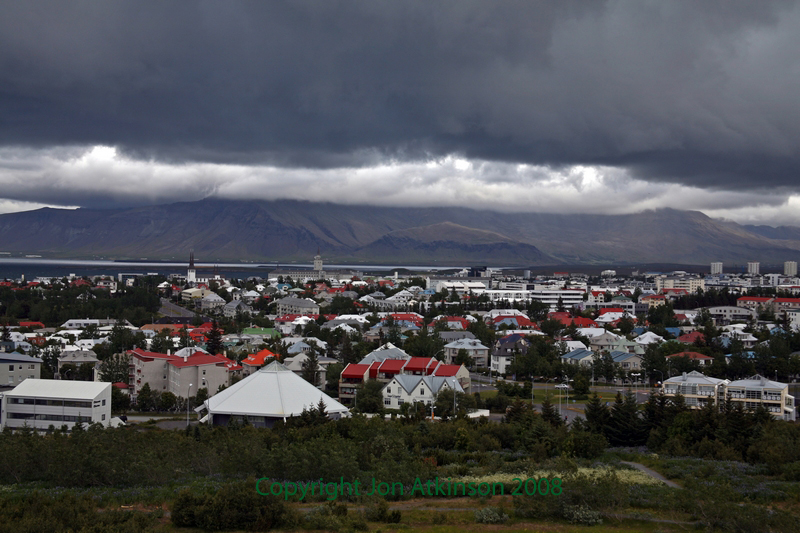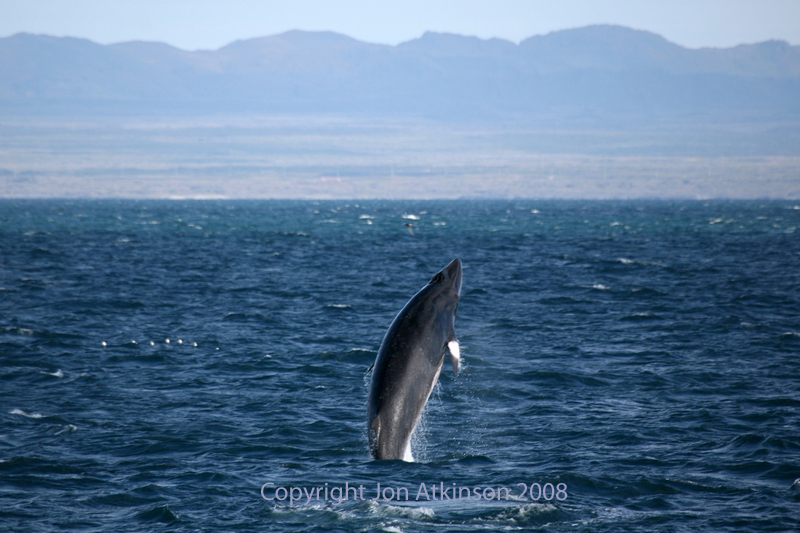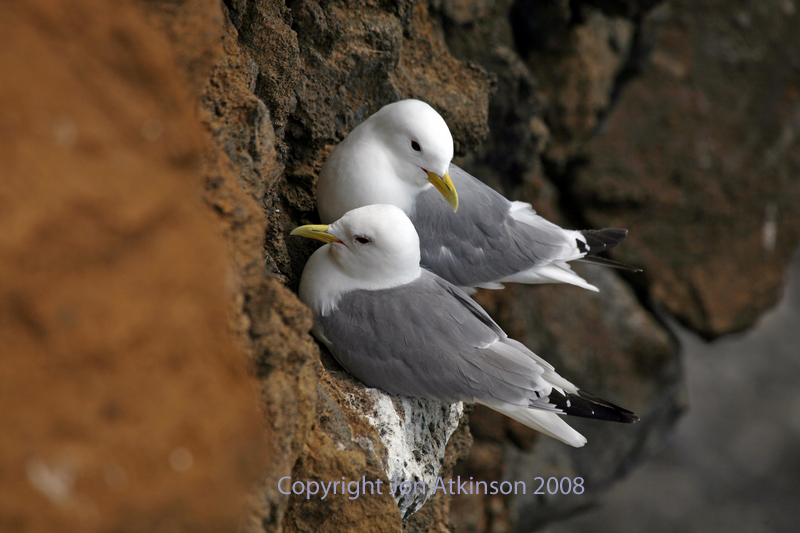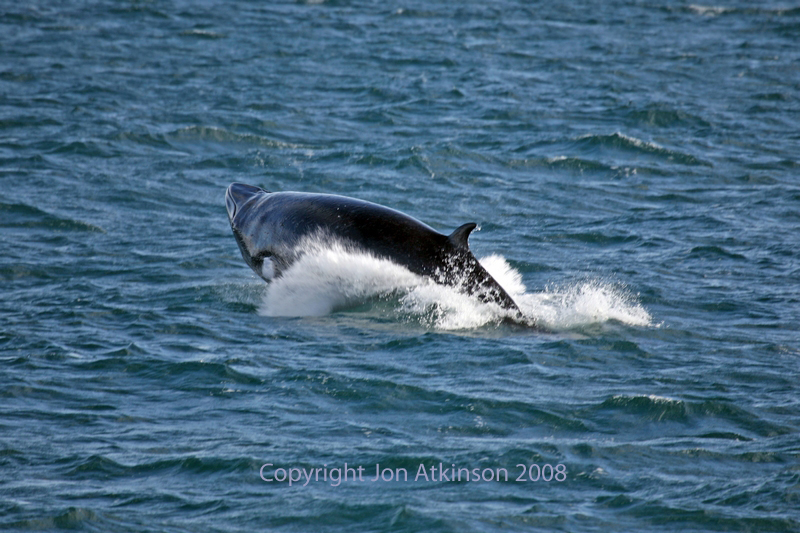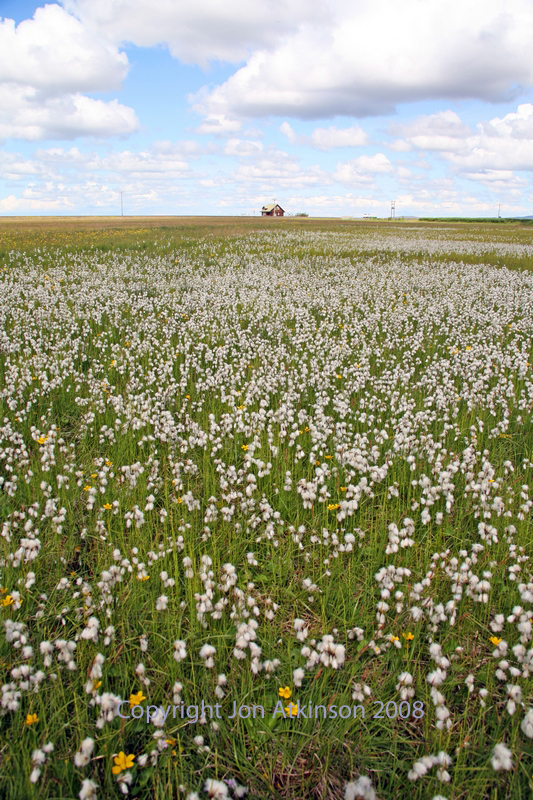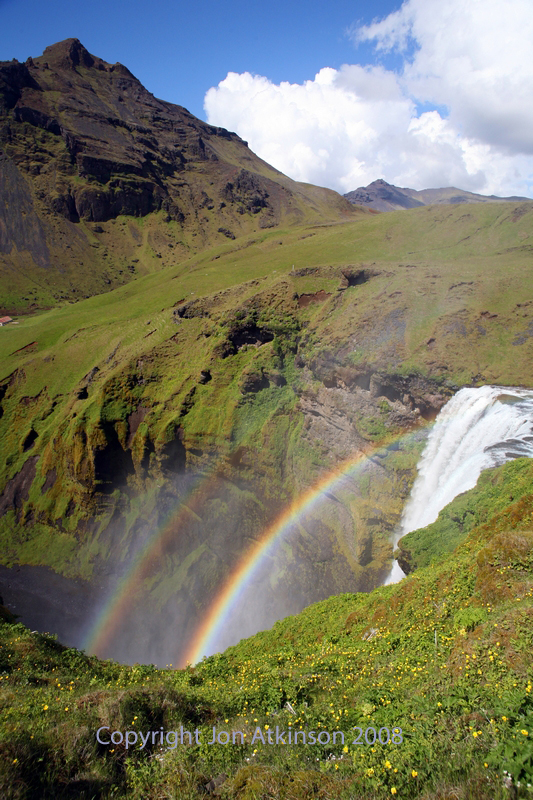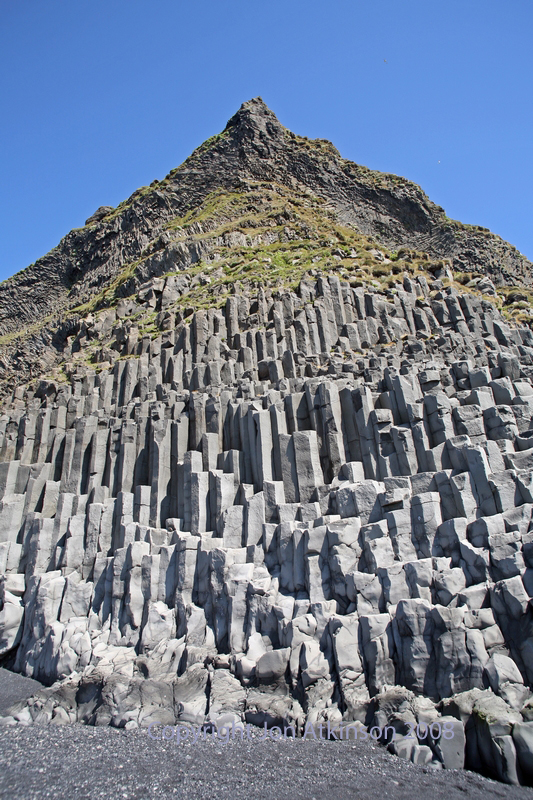Iceland 1 - Skaftafell National Park: Skaftafell National Park is part of the Vatnajökull glacier which is the largest in iceland, covering 8% of the country (8,100 km²) and an average thickness of 400 meters. |
Iceland 2 - Skogafoss Waterfall: Skogafoss Waterfall Skógafoss is one of the biggest waterfalls in Iceland with a width of 25 meters and a drop of 60 meters. |
Iceland 3 - Mountain Scenary, Borganes Region: Off the paved roads,where 4 wheel vehicals can only go the stillness of the mountain lakes produces amazing reflections of the sky. |
Iceland 4 - Arctic Tern: Arctic terns breed in Iceland before making the longest migration of any animal to the oceans of Antarctica and back (about 24,000 miles) each year.
| Iceland 5 - The Great Geysir, Haukadalur Valley: Erruptions are infrequent nowbut in its heyday after the 1896 Earthquake it would errupt several times a day, eachlasting up to an hour and causing spouts of up to 60 metres in height. |
Iceland 6 - Gullfoss Falls: The Gullfoss, or “Golden Falls.” with a 105-foot double-cascade is by far Europe’s most powerful waterfall.
|
Iceland 8 - Common Seal: The Common (Harbor) Seal is a true seal found along the coastlines of the Northern Hemisphere. An adult can live to an age of 30-35 years and attain a length of 1.85 meters with a weight of 132 kilograms. |
Iceland 9 - Skaftafell National Park: Skaftafell National Park is an oasis wedged between sand and Europe's largest glacier, the Vatnajökull ice cap, in southern Iceland. It was founded on September 15, 1967, and enlarged twice afterwards. |
|
Iceland 10 - Field of Red Flowers: Thousand of red flowers create a stiking image on the southern coast of the Reykjanes Peninsula in the western most part of Iceland. |
Iceland 11 - Lupins: Lupins are an introduced species from Canada and are part of a coordinated plan to revegetate the country and in due course re-introduce forests. Lupins are great at fertilising the soil by fixing nitrogen from the atmosphere into the soil allowing for other plants to grow in the future. |
Iceland 12 - Reykjavík: Reykjavík is the largest city and Capital of Iceland. At a latitude of 64°08' N it is the world's most northern national capital with a population of 118,00 people. |
Iceland 13 - Minki whale: The minke whale is the smallest member of the family Balaenopteridae or rorqual whales, a family of whales that have baleen and many throat grooves which distend when feeding. They are easily identified by the white band on the pectoral fin (visible in the image above). |
Iceland 14 - Kittiwakes: Kittiwakes nest in thier breeding grounds in colonies of thousands of birds especially in the south and west of iceland. These birds are photographed on the cliff faces of the Reykjanes Peninsula. |
Iceland 15 - Minki whale: The minke whale is named after a Norwegian Whaler "Miencke" who often harpooned minke whales mistaking them for blue whales. The crew thereafter jokingly referred to these animals as “Meincke’s whales” and the name eventually caught on |
Iceland 16 - Field of White Flowers: In June each year, flields of white flowers as far as the eye can see, create a dramatic vision in the area around the base of the Skogafoss Waterfall. |
Iceland 17 - Skogafoss Waterfall: According to legend, the first Viking settler in the area, Þrasi Þórólfsson, buried a treasure in a cave behind the waterfall. |
Iceland 18 - Basalt Cliffs, Vik: Basalt is an extrusive igneous rock formed from the cooling of lava on the surface. Contraction of the lava as it cools leads to the geometry of the columns, which have either hexagonal or pentagonal cross-sections. Photographed at Myrdalur, near Vik, Iceland. |

